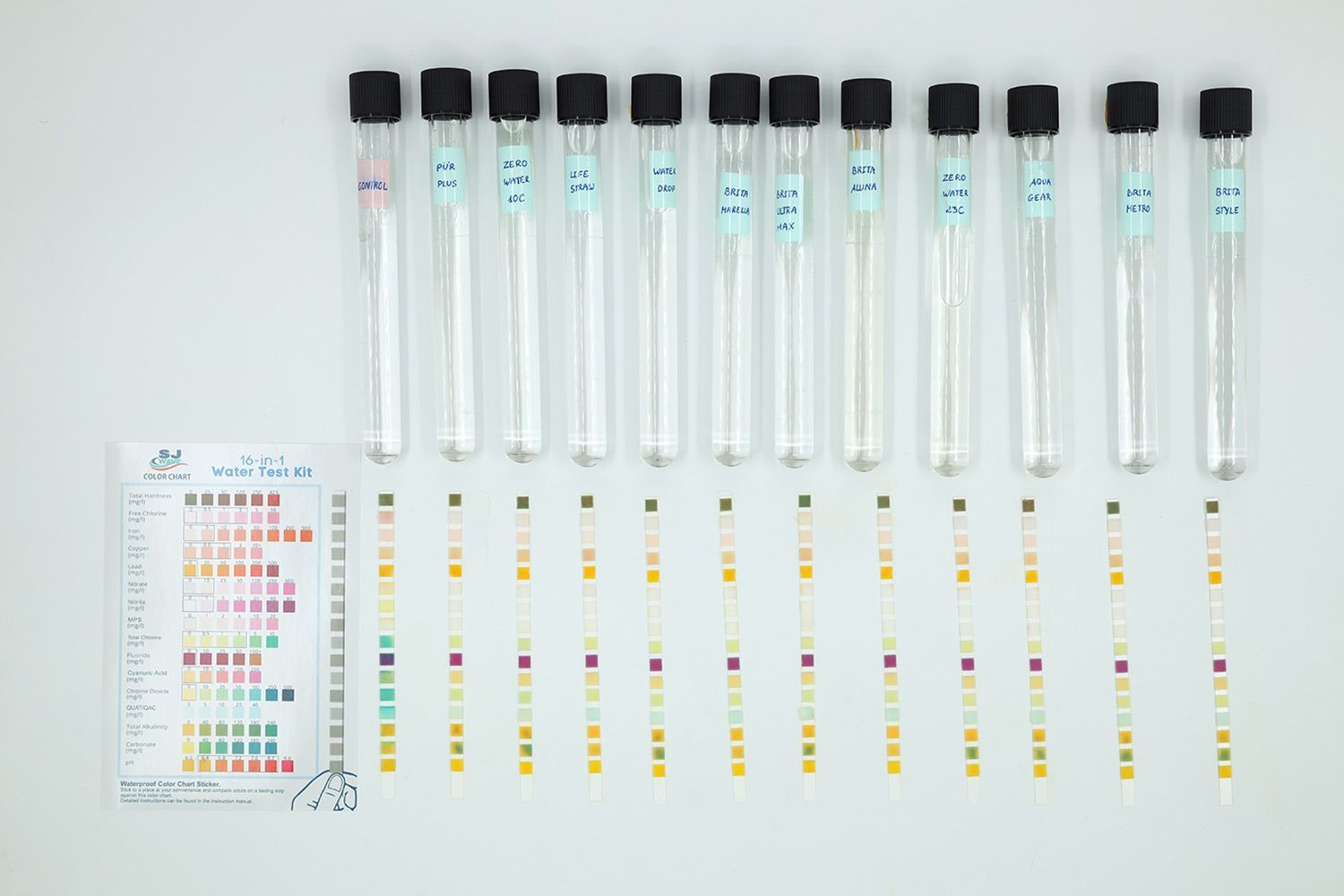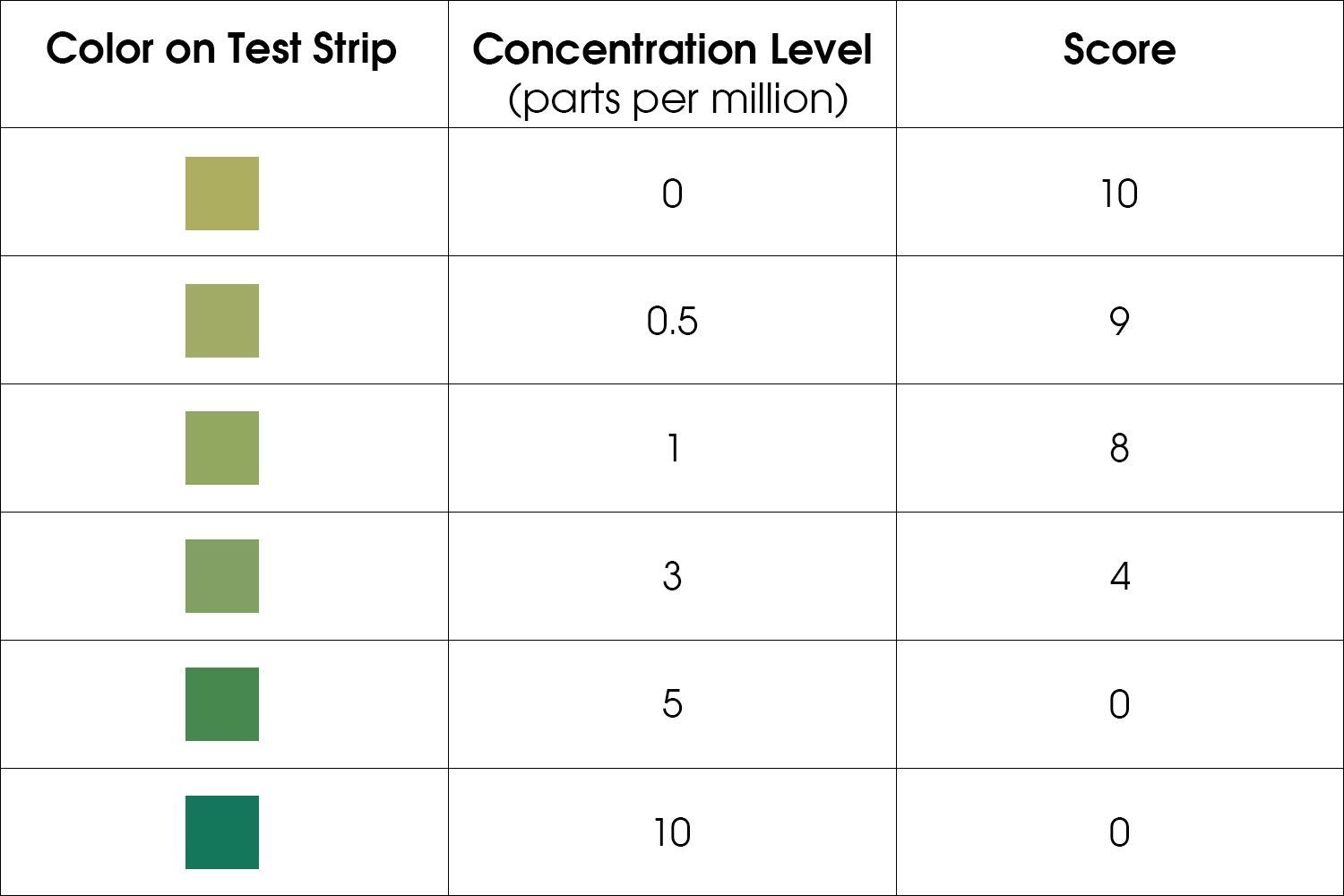Our recommendations are made independently. We may receive commissions from purchases made via our links.
Chlorine Removal for Water Filter Pitchers
We put every water filter pitcher through this chlorine removal test to see how effective it is against this common water contaminant.
This test is part of How Shouldit Tests Water Filter Pitchers v1.0
Chlorine is commonly added to drinking water to kill harmful bacteria and other pathogens that may be present. However, the smell of chlorine can be overwhelming to some people and pets. There are also concerns that this chemical may, at low concentrations, cause discomforts or health issues to individuals with sensitivity.
While chlorine is generally not as serious a health concern as heavy metals or other chemicals, it’s much more common. Most, if not all, water filter pitchers will target this contaminant. As such, we test every pitcher we purchase for its ability to remove chlorine.
How We Test Chlorine Removal
In their water disinfection guide for emergency situations, the Environmental Protection Agency recommends the following recipe:
Add one heaping teaspoon (approximately ¼ ounce) of high-test granular calcium hypochlorite (HTH) to two gallons of water and stir until the particles have dissolved. The mixture will produce a chlorine solution of approximately 500 milligrams per liter. To disinfect water, add one part of the chlorine solution to each 100 parts of water you are treating.
Using this recipe, we calculated that the concentration of chlorine in water would be 0.005 gram per liter. For our test, we double the concentration to 0.01 gram calcium hypochlorite per liter of water, which equals 10 parts per million. This results in a dark green color on the chemical strip test, which indicates an unsafe level.
Next, we fill each filter pitcher with the heavily chlorinated water. We then note how long it takes each filter to process this water and thereby calculate the flow rate. Once the water is filtered, we use chemical strips to measure the extent to which chlorine levels are reduced.

How We Score
We compare the test strip against the color charts on the box and record the chlorine level. A filter that can strip water of chlorine and bring the concentration to 0 parts per million (ppm) scores 10 points, and it loses 1 point for every additional 0.5 ppm of total chlorine.
According to the CDC, chlorine levels up to 4 ppm are considered safe in drinking water. For this reason, if the filtered water contains a concentration of chlorine above 3 ppm, the filter pitcher has failed the test and receives zero points.

How to Interpret the Results
A high score means the filter pitcher is highly effective at removing chlorine from water. However, it cannot be assumed that the removal of other contaminants is equally effective.
Naturally, the strength of a filter decreases over time. It’s important, therefore, to change the filter according to schedule for consistently good water quality.